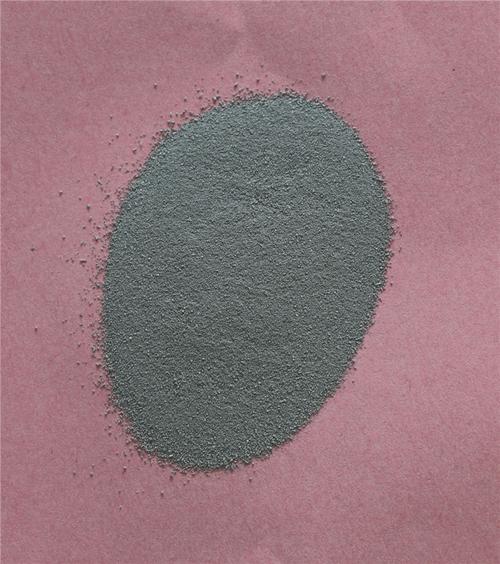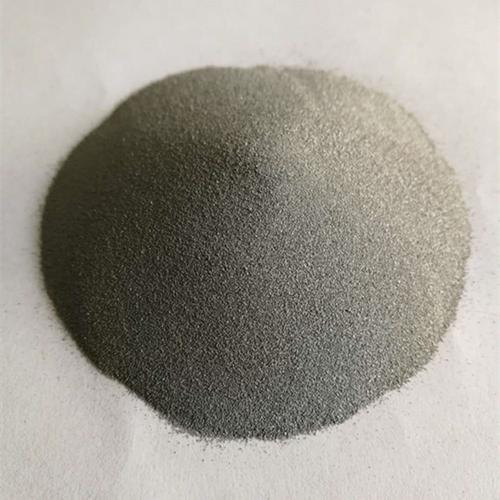Powder Coated Torsion Bars: Friend or Foe to Your Metal?
(Does Powder Coating Torsion Bars Affect The Metal)
You see torsion bars under trucks, Jeeps, muscle cars. They twist to handle bumps, keeping things level. They work hard. Looks matter too. A rusty bar is ugly. Powder coating gives a tough, slick finish in tons of colors. It fights rust like a champ. People love it for frames and suspension parts. But a big question hangs out there. Does baking that powder coat onto the torsion bar mess with the metal itself? People worry. They hear “high heat” and get nervous. Let’s dig in.
Heat is the core of the worry. Applying powder coating means heating the metal part. The powder gets sprayed on cold. Then the part goes into an oven. Temperatures hit around 350°F to 400°F (177°C to 204°C). It bakes for maybe 10 to 15 minutes. This melts the powder. It flows into that smooth, hard shell we know. The heat is necessary for the coating to cure properly. People know steel can change with heat. Think about tempering a knife blade. Heat changes the steel’s structure. It can make it harder or softer. Could this baking step do something similar to a torsion bar? Could it weaken the bar?
This is a valid concern. Torsion bars store energy by twisting. They need strength and springiness. A weakened bar is bad news. It could sag. It might even snap. Nobody wants that. So, the fear makes sense. But here’s the key point. Powder coating heat levels are usually safe. They are much lower than the temperatures used to actually temper steel. Tempering steel for strength often happens above 750°F (400°C). Sometimes way higher. The powder coat bake cycle is milder. It’s shorter too.
Think about it like this. Steel doesn’t magically change with any heat. It needs specific temperatures for specific times to alter its properties significantly. The powder coating bake is gentle by comparison. It’s like warming soup versus forging a sword. Major suspension manufacturers understand this. Many offer powder coated torsion bars right from the factory. They test these bars. The bars meet the same strength specs as uncoated ones. Real-world evidence backs this up. Countless vehicles run powder coated torsion bars for years. They perform just fine. No widespread issues of premature failure exist because of the coating process.
(Does Powder Coating Torsion Bars Affect The Metal)
The metal itself matters. Torsion bars are made from special spring steels. These alloys are designed to handle stress. They are tough. The relatively low heat from powder coating isn’t a big threat to them. It’s simply not hot enough long enough to mess with their core strength. The heat might slightly affect the very surface. This surface change is tiny. It doesn’t impact the bar’s ability to twist and spring back. The bulk of the metal stays strong. Coatings can sometimes cause hydrogen embrittlement. This is a different issue. It involves hydrogen atoms making steel brittle. It happens with some plating processes. Powder coating generally doesn’t cause this problem. The process doesn’t introduce hydrogen like electroplating can. Good prep work is always crucial. The metal must be clean. It must be properly pre-treated before coating. This ensures the coating sticks well. It prevents problems down the road. But the baking step itself? For standard torsion bar steel? It’s typically a non-issue. The coating protects the surface. The metal underneath stays strong and springy. That shiny finish isn’t hurting the bar’s muscle. Mechanics see coated bars lasting for years. They see no difference in performance. The debate often fizzles out over a cup of shop coffee. The evidence is on the shop floor.
Inquiry us
if you want to want to know more, please feel free to contact us. (nanotrun@yahoo.com)


